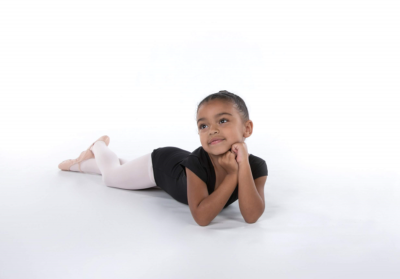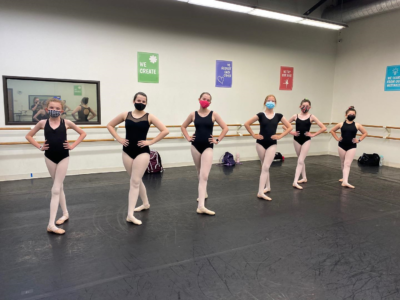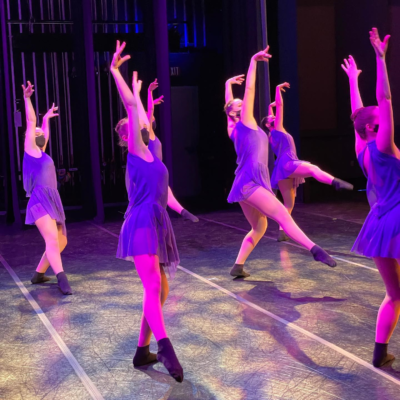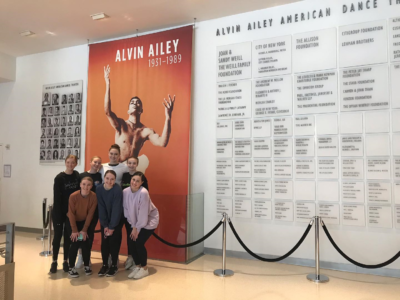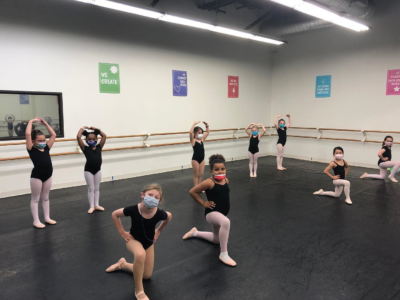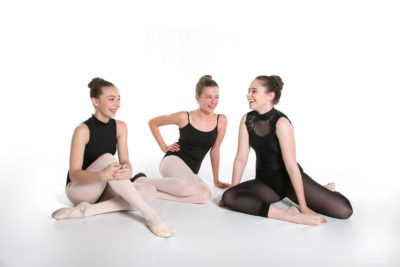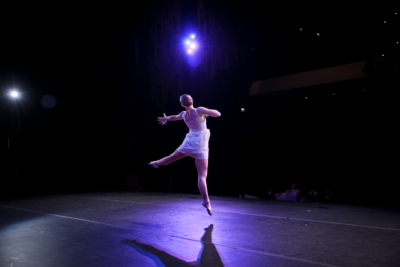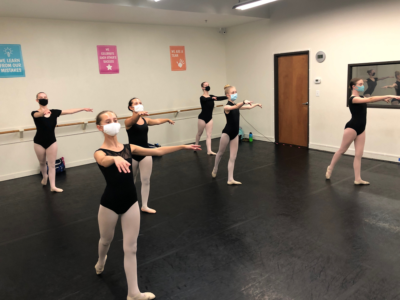At a training once, I heard the perfect analogy for how we want to serve our students’ mental health in dance. It went something like this:
Imagine that every child has an invisible backpack, and this backpack contains all their worries and anxieties; all the weight they carry for their responsibilities at home and at school; plus any trauma they may have faced in their young lives.
Now imagine if every child, upon entering the dance studio, could take off their backpack and unload some of those burdens. What if they could share the weight and discharge some of that emotion, expressing their feelings through dance, lightening the load they have to take home?
These days I think that these invisible backpacks can be quite heavy. Our kids are adapting to yet another school year of changes, an ever-evolving list of expectations, external and internal pressure to be or act a certain way, and all this while going through the “normal” stages of growing up.
My hope – actually, my belief – is that through all of this, dance will work its magic on our students. It is not an exaggeration to say that in the past 15 years, I’ve seen lives transformed by the positive impact of dance. And now, I think that impact is being multiplied and magnified because our kids need it more than ever. Role models. Friendships. Movement. Expression. Music. Laughter. Focus. Teamwork. Connection.
I’ve read that physical activity is one of the ways human beings complete the stress cycle. That is, stress is a part of everyone’s life in some way, and to process it fully we must complete its full cycle through our physical bodies. I can see in our dancers the relief and the joy and the exhilaration that dance brings, that it helps them process their stress, keeping those backpacks from overburdening them. Dance is giving them more than we ever imagined, because they are living in a world we could never imagine!
So we’ll keep encouraging our students to unload their worries and express themselves through dance. We’ll lift their spirits – and watch them lift each other’s. We’ll keep this at the forefront of our teaching philosophy and our commitment to More Than Just Great Dancing.
At SDC, we’re ready to lighten those invisible backpacks and dance into a new school year. We’re grateful to have you on the journey with us!
– Ms. Julie





